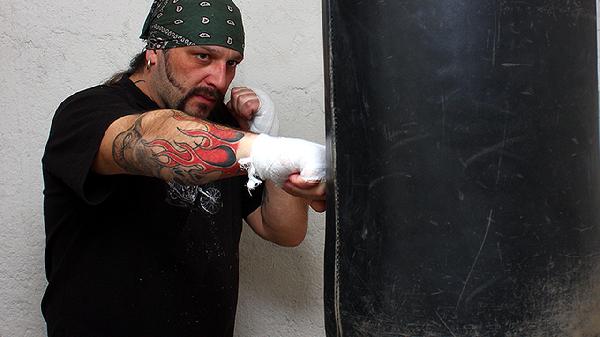Slow running isn't just for beginners—it's a legit power move backed by science. Turns out, dialing down your pace can actually crank up your endurance, slash injury risk, and even make you faster in the long run (pun intended). Elite athletes and weekend warriors alike are ditching the "no pain, no gain" mentality for a smarter, steadier approach that keeps their engines humming without burning out.
The Tortoise Was Onto Something
Remember that fable about the tortoise and the hare? Modern exercise physiology proves Aesop was way ahead of his time. When you slow your roll to a conversational pace (think: could belt out Bon Jovi lyrics without gasping), you're primarily using aerobic energy systems. This builds mitochondrial density—those tiny cellular power plants—making your body absurdly efficient at burning fat and conserving glycogen. Translation: you'll last longer before hitting the wall. A 2022 Journal of Applied Physiology study found runners who logged 80% of their miles at easy paces improved race times nearly twice as fast as those constantly pushing tempo.
Injury Prevention That Actually Works
Here's the brutal truth nobody tells new runners: pounding pavement at max effort is like revving your car engine in neutral—it wears parts out without getting you anywhere. Slow running reduces impact forces by up to 40% compared to sprinting, giving tendons and ligaments time to adapt. Physical therapists call this "load management," but really it's just not being reckless with your cartilage. The sweet spot? Keeping your heart rate below 180 minus your age (so 142 bpm for a 38-year-old). This creates the perfect storm of cardiovascular benefit without the repetitive stress that leads to shin splints or IT band syndrome.
Mental Gains You Didn't See Coming
Ever notice how your best ideas pop up during easy jogs? There's neurobiology at play here. Gentle aerobic activity increases cerebral blood flow and triggers theta brain waves—the same state associated with creative breakthroughs. UCLA researchers found slow runners showed 23% better problem-solving skills post-run compared to high-intensity groups. Plus, ditching the constant pressure to PR every workout makes running feel less like punishment and more like moving meditation. Pro tip: leave the GPS watch at home occasionally. Running purely by feel rewires your brain-body connection in ways that translate to better pacing intuition when it actually matters.
How Slow Is Slow Enough?
If you're constantly side-eyeing your pace with disappointment, you're probably still going too hard. True easy running should feel embarrassingly comfortable—like you're holding back. The talk test remains gold standard: if you can discuss weekend plans in full sentences but couldn't sing an aria, you're in the zone. Many GPS watches now feature "real-time stamina" metrics that flash yellow when you creep into moderate effort. Better yet? Run with a friend who hates exercise. If they can keep up with you, that's your cue to ease up even more.
The Performance Paradox
Here's where it gets counterintuitive: running slow makes you fast. By accumulating more volume at sustainable intensities, you develop greater capillary networks to deliver oxygen and remove waste products. This means when you do hit track workouts or hill repeats, your body can handle higher quality efforts. Kenyan runners—the undisputed kings of distance—log up to 90% of their training at laughably easy paces. Their secret? Easy days protect hard days. When you're not constantly digging yourself into an anaerobic hole, you can actually absorb the benefits of speed sessions instead of just surviving them.
The running world's finally catching on that relentless intensity is a dead-end street. Whether you're chasing Boston qualifiers or just want to keep jogging into your 80s without knee replacements, embracing the slow lane might be the smartest gear shift you'll ever make. Next time someone zips past you on the trail, just smile knowing you're playing the long game—and your joints will thank you for decades to come.
























